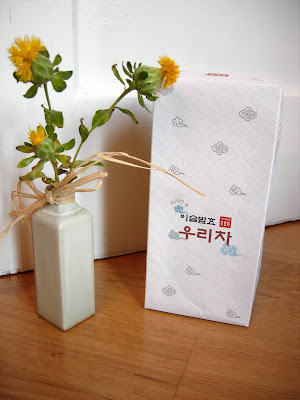In Asia drinking tea is often seen as a way to harmonize with nature. Drinking green tea in the spring and chrysanthemum in the fall is a way to harmonize your energies with the energies of nature. Often the tea that is the most popular in a particular region is the tea that grows nearby, or is at least produced in the same country. Drinking local teas that share the energies of that geographical area is not only more healthy for the individual but also more healthy for the environment. Drinking local tea creates less pollution because the tea isn't shipped long distances.
Tea drinking in the west is a different story.
Unlike most foods and beverages that one consumes, tea cannot be grown locally. Because tea can't be grown locally it must be shipped long distances. Shipping long distances displaces more pollutants into the atmosphere through longer transport. Longer shipping also requires extra packaging. As far as tea goes, excessive packaging seems to be the norm. The production of this packaging requires more energy and therefore more pollutants produced. When this packaging is disposed of it goes back to the earth. The shipping of tea pollutes the earth.
When drinking tea one never takes a sip for granted. The tea that touches ones lips, however minute, is at the cost of the earth. And as such, much reverence should be afforded to it.
Peace













